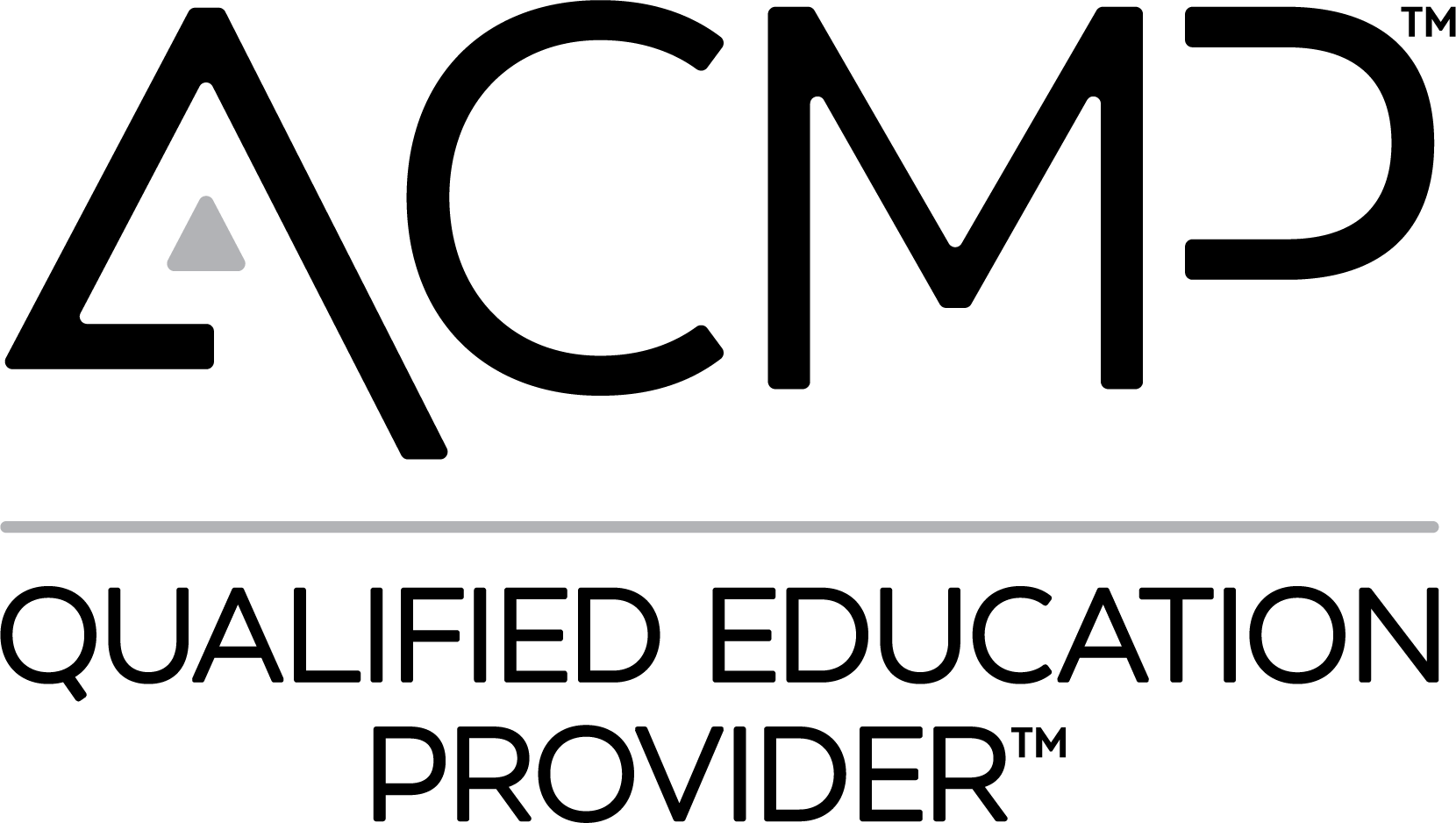In honor of April being Stress Awareness Month and May being Mental Health Awareness comes a two-part piece focusing on honing your awareness of self while managing stress and mental health. The series addresses why these spill into your professional life. The themes of personal reflection and awareness of choices repeat in both articles.
In part one, we address how out-of-body experiences take on new meaning as we dive into more of the science of stress in the 2020s. There have been numerous articles and publishings in the wake of COVID, the great resignation, and infinite conversations on burnout, choices, and mental health. The intention is to spark reflection that inspires curiosity and help guide you in seeking a personalized approach to your mental health, stress awareness, and choice selection. This series does not provide a canned prescription of “how to make better choices in three simple steps,” or “how to focus on your mental health [while giving your best attempts at operating as a fully functioning adult in a capitalist, post-industrial, society] and balance the responsibilities of work.” This month provides questions to ask yourself in times of stress to ground and expand your mind and body. Next month, in part two, we’ll dive into mental health advocacy and the power of choice, mainly where your attention goes, and energy flows.
The Choice - is the third and final step of Change Enthusiasm puts you in a seat of choice - the sole owner and proprietor of how you experience a given change situation, says Cassandra Worthy, creator of Change Enthusiasm and CEO of Change Enthusiasm Global. While this step can stand alone, the first two steps in Change Enthusiasm will lead you to a deeper and lasting transformational relationship with change. See our March article on the first step, The Signal, and April’s earlier article on the second step, The Opportunity.
“The storm does not come to destroy you, it comes to save you… He was able to see clearly that he had been dying to live but losing at life… It was only when everything was taken from him that he was free to reconsider who he was and what he was. Subsequently, he chose to redefine success for himself.”
Cassandra Worthy, in Change Enthusiasm, How to Harness the Power of Emotion for Leadership and Success
One 2022 Study examined the role of stress, anxiety, workplace loneliness, and burnout, while seeking to understand how they are impacted by transformational leadership (TFL) and human resource management (HRM) practices. It is probably no surprise the findings reveal the crucial role of TFL:
- TFL reduces stress, anxiety, and workplace loneliness caused by COVID-19.
- TFL mitigates the negative effects of “stressors” on hotel employees’ burnout.
- Selected HRM practices moderate the TFL – burnout relationship.
“Transformational Leadership” is characterized in this study as “by improving employee’s development, process-oriented, a commitment based on ‘trust’ and ‘expectations.’ TFL focuses on the high-order intrinsic needs of employees linked with physical health, psychological health, and happiness, leading to increased job satisfaction and performance. We want these things for ourselves, our employees, and our organization. As with most leaders, the alignment process begins with the stewardship of your emotions and stress.
While stress in small, infrequent doses may not be harmful, “prolonged stressful living can cause havoc on our physical, emotional, and psychological well-being,” says Drs. Boniwell and Tunariu. Stress shows up in unique ways depending on circumstance and its vessel. Stress-related symptoms include muscle aches, pains and injuries, headaches, digestive issues, foggy mental states, fatigue, sexual health issues, elevated blood pressure, increased heart rate, lethargy, and more. One thing to note, stress is not inherently bad - exercise, for example, is “good” stress. Stress is simply the physical and psychological stretch of your mind and body in response to external stimuli. Small amounts have been noted as motivating. However, this stretch requires a recovery period and can be overwhelming and damaging long term in the absence of recovery.
The leading cause of sports injuries across all dimensions, regardless of sport, age, or level, is overuse, the final symptom of overtraining. The definition of overtraining is commonly thought of as simply too much training. However, overtraining is the imbalance of training ratios to rest and recovery ratios. In other words, adding volume to your life isn’t necessarily bad, as long as you have also increased recovery protocols to fully allow the mind and body to heal from the added stress. Enter the need for two entire months surrounding Stress and Mental Health: we are great at adding stress and not so great at commensurately building recovery structures to pair with increasing demands.
Stress affects everything: emotion control, dreams, hopes, fears, and perceptions of others. In times of extreme stress, flashes of higher levels of stress can hit you and spill into every area of life like putting frozen food into a searing hot oil in a shallow pan. (If you haven’t done this, take my word for it - you’ll make a big mess and get burned.) You can relate because you’ve gone from “fine” to very-much-not-fine in what felt like a moment’s notice. Although (only) in hindsight, you’re aware your stress has been building just below the surface, gaining momentum each time you ignore your needs. You go from managing it all, to not feeling capable of managing much at all in an instant. Sometimes it presents as a perennial or persistent cold or flu; other times, it shows up as irritability with those closest to you. In short, these don’t always enter your body feeling “grounded.” It’s why an incredibly common practice when experiencing stress, anxiety, and overwhelm is to get in touch with the five senses: What do you hear? What do you tactilely feel? What do you smell? What do you smell? What do you taste? By listing things in each category, practitioners describe a returning-to-body feeling, a calm and a sense of control, and awareness of surroundings rather than a narrowing of anthropomorphic resources.
“If you’re not in your body, someone else is.”
Cole Arthur Riley
The quote (above) refers in context to oppression and societal pressures. Plainly, if you aren’t in your body as the driver of choices and what you let into your internal world, you are being governed by someone else’s ideals, ethics, values, rules, expectations, and more. At any given moment, you are inundated with “shoulds” from others at work, at home, and in the media. The stress and pressure to keep up appearances, fill the roles, and show up unphased has systematically severed our basic human need to be in touch with our own bodies and minds for self-governance and control. No one knows more about how it feels to be you than you, and, therefore, no one has more insight into what you need than a grounded and aware you.
Barbara L. Fredrickson, one of the most cited authors in psychology and known for her “broaden-and-build theory of positive emotions,” offers us significant implications for self-governance over stress. Her main proposal is that when we experience positive emotions, our minds tend to open up to welcome a more broad bird’s eye view, and we are able to think more outside of the box. When we broaden our view, we are able to entertain alternatives to understandings and solutions to the problem at hand. We also adapt our thinking and perspectives to be more receptive and innovative in our approach to problem-solving. Positive emotions have been found to enhance verbal creativity tasks and expand our mindset.
To be clear, emotions are individual experiences and can be elicited at different times and under different circumstances for different people. Putting this into practice, Fredrickson lists positive emotions as joy, gratitude, serenity, interest, hope, pride, amusement, inspiration, awe, and love. Think of one of these top ten positive emotions and ask yourself (in order):
- When was the last time I felt this feeling?
- Where was I?
- What was I doing?
- What else gives me this feeling?
- Can I think of still more triggers?
- What can I do to cultivate this feeling?
Once you’ve asked yourself these questions, divert your thought processes toward seeking the answers and cultivating positive feelings for yourself. Remaining curious for new ways to cultivate these positive emotions when under times of less stress will help increase your flexibility to do so under times of increasing demands.
Next month, in part two, we’ll explore how the emotions of stress and choices that follow impact your overall health and how you can learn to be a curious and conscious advocate for yourself as you grow as a leader personally and professionally.











